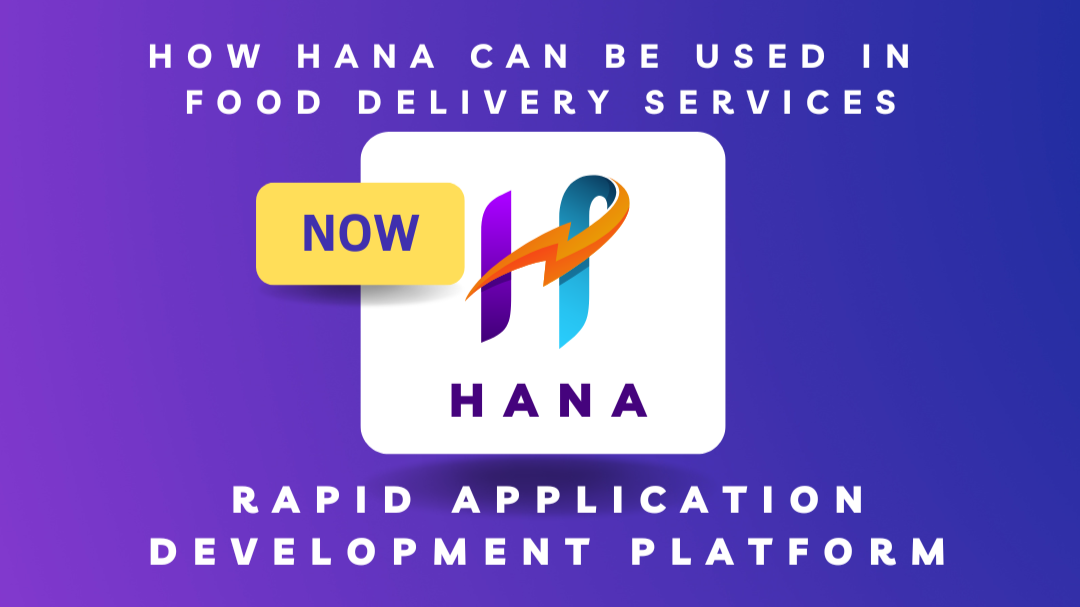- by admin
- April 22, 2025
How HANA Can Be Used in Food Delivery Services

Food delivery services thrive on efficiency, real-time data, and customer satisfaction. HANA, with its advanced data analytics and real-time capabilities, offers powerful solutions for optimizing operations, improving customer experiences, and supporting business growth. Here are some key ways HANA can be used in food delivery services:
1. Real-Time Order Tracking
– Implementation: Use HANA to track orders in real time, providing updates to both customers and restaurants.
– Benefits: Enhances transparency, improves customer satisfaction, and ensures better coordination between delivery personnel and customers.
2. Delivery Route Optimization
– Implementation: Leverage HANA to analyze real-time traffic data and optimize delivery routes for drivers.
– Benefits: Reduces delivery time, minimizes fuel consumption, and ensures that food arrives fresh and on time.
3. Demand Prediction
– Implementation: Utilize HANA to analyze historical order data, seasonal trends, and market conditions to forecast demand.
– Benefits: Helps ensure optimal staffing and resource allocation, reducing delays and improving service quality during peak times.
4. Inventory and Supply Chain Management
– Implementation: Use HANA to manage restaurant inventory and predict stock requirements based on real-time order trends.
– Benefits: Prevents stockouts, reduces food waste, and ensures that ingredients are always available when needed.
5. Personalized Customer Experience
– Implementation: Analyze customer preferences, past orders, and feedback using HANA to create personalized offers and recommendations.
– Benefits: Enhances customer loyalty and increases sales through targeted promotions and recommendations that cater to individual tastes.
6. Real-Time Performance Monitoring
– Implementation: Monitor key performance metrics like delivery times, order fulfillment rates, and customer satisfaction in real time.
– Benefits: Allows for quick adjustments to improve service quality, driver performance, and customer satisfaction.
7. Dynamic Pricing and Offers
– Implementation: Use HANA to adjust pricing and offer promotions based on real-time demand and supply.
– Benefits: Increases revenue by balancing demand, reducing excess capacity during slow times, and capitalizing on peak demand.
8. Customer Feedback Analysis
– Implementation: Leverage HANA to analyze customer reviews and feedback to identify areas for improvement.
– Benefits: Enhances the quality of service, helps in identifying popular menu items, and provides insights for business development.
9. Fraud Detection
– Implementation: Use advanced analytics capabilities of HANA to detect suspicious transactions or unusual order patterns that might indicate fraud.
– Benefits: Minimizes financial losses, improves platform security, and protects customer trust.
10. Workforce Optimization
– Implementation: Analyze data on driver schedules, workloads, and performance to optimize staffing and reduce inefficiencies.
– Benefits: Improves resource allocation, minimizes delivery delays, and enhances overall service efficiency.
By integrating HANA into food delivery operations, companies can enhance the efficiency of deliveries, improve customer satisfaction, and make data-driven decisions that boost overall service quality and business growth.
